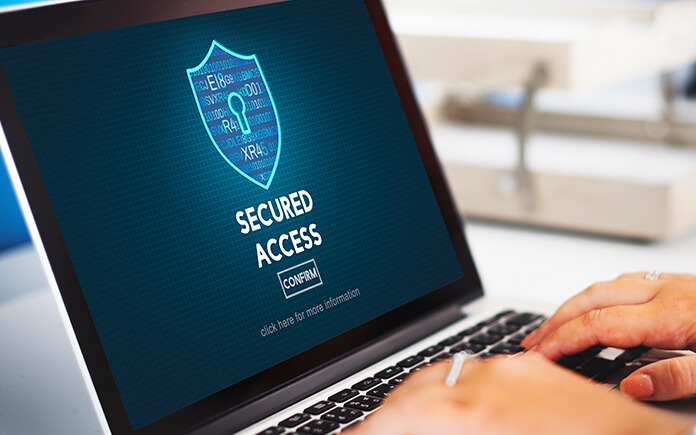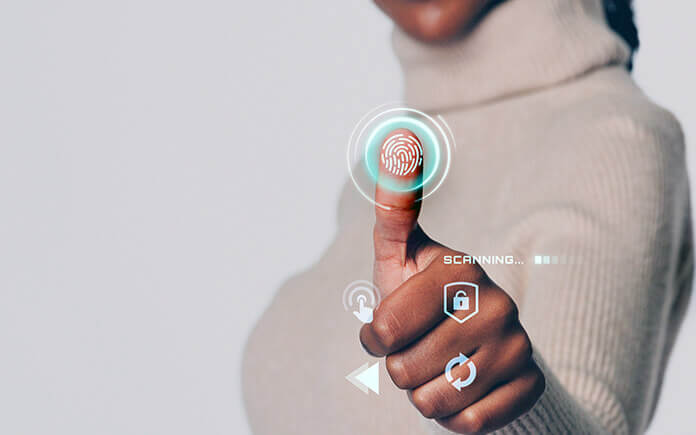Finger Print Access
- Home
- Finger Print Access


Finger Print Access
Our advanced fingerprint access technology ensures secure, personalized entry for authorized users. By leveraging biometric data, we provide a highly reliable and convenient solution for homes and offices. Fingerprints are unique to each individual, making unauthorized access nearly impossible. This system eliminates the need for traditional keys or codes, reducing the risk of theft or tampering. Whether you’re protecting your home, office, or sensitive areas, our fingerprint access systems offer an effortless yet secure way to manage entry, ensuring that only approved individuals can gain access.

Benefits of finger print access
Fingerprint access technology offers several key advantages over traditional security methods.
- Increased Security: Unique fingerprints prevent unauthorized access.
- Convenience: No need for keys or passwords.
- Quick Access: Instant entry with a single touch.
- Fingerprint access systems offer a cutting-edge approach to secure entry. These systems provide a personalized, tamper-proof security solution. Fingerprint scanners ensure that only registered users can gain access.
- The technology is highly accurate, recognizing fingerprints quickly and reliably. It’s also adaptable to various environments, from residential homes to commercial spaces.

IP CCTV offers high-definition video quality, remote access, easy scalability, advanced analytics, flexible installation, lower maintenance costs, and secure data storage. It integrates seamlessly with other systems, providing real-time monitoring, motion detection, and efficient surveillance management.
A complete CCTV system needs cameras (IP or analog), a recording device (NVR/DVR), storage (HDD/Cloud), power supply, cabling or network setup, a display monitor, and software for management. Optional features include motion detection, remote access, analytics, and backup power (UPS). Proper placement ensures full coverage.
Cameras can be wired or wireless. Wired cameras use cables for power and video transmission, offering stable connections but needing extensive cabling. Wireless cameras transmit data via Wi-Fi, making installation easier but relying on a strong network and regular power, often with battery backup for flexibility.